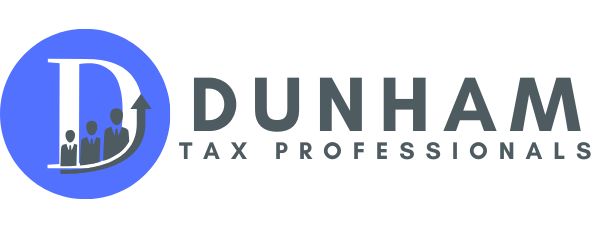For trucking professionals who operate their business from a home-based office, claiming home office deductions can be a valuable way to reduce taxable income and optimize tax savings. However, understanding the guidelines, qualification criteria, and compliance requirements set forth by the IRS is essential. In this post, we will delve into the intricacies of home office deductions for trucking professionals, including guidelines for claiming deductions, qualification criteria, percentage calculations, and tips for ensuring compliance with IRS regulations.
Guidelines for Claiming Home Office Deductions
To claim home office deductions, trucking professionals must adhere to the following guidelines:
- Exclusive and Regular Use: The designated area within the home must be used exclusively and regularly for business purposes. It should be a dedicated space used solely for administrative tasks, record-keeping, and other business-related activities.
- Principal Place of Business: The home office should be the primary location where significant business activities are conducted. It may serve as the administrative hub for managing dispatches, coordinating routes, maintaining records, and communicating with clients.
- Meeting Clients or Customers: If the home office is used to meet clients or customers, it must meet specific requirements, such as having a separate entrance or a dedicated area that is regularly used for such meetings.
Qualification Criteria and Percentage Calculations
Trucking professionals must meet certain criteria to qualify for home office deductions. These criteria include:
- Regular Use: The home office must be used regularly for business activities, even if the trucking professional performs some tasks on the road.
- Exclusive Use Percentage: Calculate the percentage of the home that is exclusively used for business purposes. This is done by dividing the square footage of the home office by the total square footage of the home.
- Direct Expenses: Deduct direct expenses related to the home office, such as repairs or improvements made specifically to the office space.
- Indirect Expenses: Deduct a portion of indirect expenses, such as utilities, homeowners insurance, and property taxes, based on the percentage of the home used for business.
Tips for Ensuring Compliance with IRS Regulations
To ensure compliance with IRS regulations regarding home office deductions, consider the following tips:
- Maintain Proper Documentation: Keep thorough records of all expenses related to your home office, including receipts, invoices, and utility bills. This documentation will substantiate your deductions in case of an audit.
- Separate Bank Account and Phone Line: Consider setting up a separate bank account and phone line specifically for your business. This helps establish a clear distinction between personal and business expenses.
- Consult a Tax Professional: Given the complexities of home office deductions, consulting with a tax professional who specializes in the trucking industry is advisable. They can provide personalized guidance tailored to your specific circumstances and help you navigate the intricacies of home office deductions effectively.
- Stay Updated on IRS Guidelines: Regularly review IRS guidelines and regulations pertaining to home office deductions. Tax laws and regulations may change, so staying informed ensures compliance and maximizes your tax benefits.
Home office deductions can be a valuable tool for trucking professionals operating their businesses from a home-based office. By understanding the guidelines for claiming deductions, qualification criteria, percentage calculations, and compliance requirements set forth by the IRS, you can effectively reduce your taxable income and optimize your tax savings. Remember to maintain proper documentation, consult a tax professional, and stay updated on IRS guidelines to ensure compliance and maximize your benefits. Stay tuned for our upcomin posts, where we will explore more tax-related topics and strategies relevant to the trucking industry.

